My kids will tell you that I have been something of a prepper since the 70s. It’s true, because it was then that I began to be concerned about food security. We built a house in the country, and a barn, and then added every conceivable farm animal. Well, maybe we went overboard on the animals. We had a cold cellar under the porch where we kept 600 pounds of potatoes over the winter and a storage area where shelves of canned foods lay in wait. We sold at farm markets and on site. I have held on to some version of this lifestyle during the years. It’s who I am.
Back then, I read a lot of how-to-farm books and subscribed to homesteading magazines. Some of these, like my favorites, Backwoods Home and Countryside & Small Stock Journal, are now online and haven’t changed much. I sometimes wonder if having the internet then would have made any difference in my plans. Probably not, but it might have saved me some research time.
I no longer butcher meat, nor do I hand-pick disgusting Colorado potato beetles from hundreds of plants every three days (eggs can hatch as quickly as four days from the time they are deposited). But if I had to do it again, I’d know how. I tell you about these beetles so you will appreciate what it takes to grow organic potatoes, including the cost in time and labor.
I do continue to plant a limited number of vegetables to eat, freeze, dry, pickle, and can. These are tasks that I look forward to every year, even though I grow only enough for one, with a little left over. Mormons (Church of Jesus Christ of Latter Day Saints, or LDS) keep a generous supply of food at hand, as well as quantities of basics that will last long-term, decades actually, such as dry beans, white rice, and wheat berries. Their Longer-Term Food Storage page is a great resource.
I still have the prepper mentality. I keep up with the studies on climate change and the warnings of how it will reduce available food globally and locally. I am fortunate in that I have preserved and stored food for my entire life. I can identify edible plants and I feel less vulnerable because of it. There are a few things everyone can do to be more food secure, including learning how to plant a simple garden that bears enough to keep for another day.
For instance, I began with a small garden under a young crab apple tree several years ago. Each year, the circle is widened and more compost incorporated, so that now what was mostly construction fill, with love, has become a worm-filled piece of paradise.
I also plant in bags and pots, and next year everything the rabbits love will go in them, and ground-level plants will be limited to those they love not so much, like tomatoes and onions. The bags will hold greens and herbs, including kale, this year’s crop having been decimated by my wild pet bunny.

Many vegetables and herbs can be snipped and frozen without any other preparation. Put them in a storage bag and use a sealing device or suck the air out with a straw. I prefer parsley frozen. I bundle and bag small bunches and pull them from the freezer when needed and give them a haircut with scissors. I snip green onions, then freeze.

Another method of preservation is to dry/dehydrate food. I have a Nesco dehydrator. There are fancier/more expensive ones, but this one does the job. I dry slices of tomatoes, onions, peppers, etc., then bag them as a soup mix. The aroma of dried tomatoes reconstituting in broth on a cold winter day is heavenly. Herbs are dried separately as well as frozen

Tomatoes have yet to ripen, and when they and the zucchinis and cucumbers do, I’ll be writing about the next round in the prepping cycle. Stay tuned.

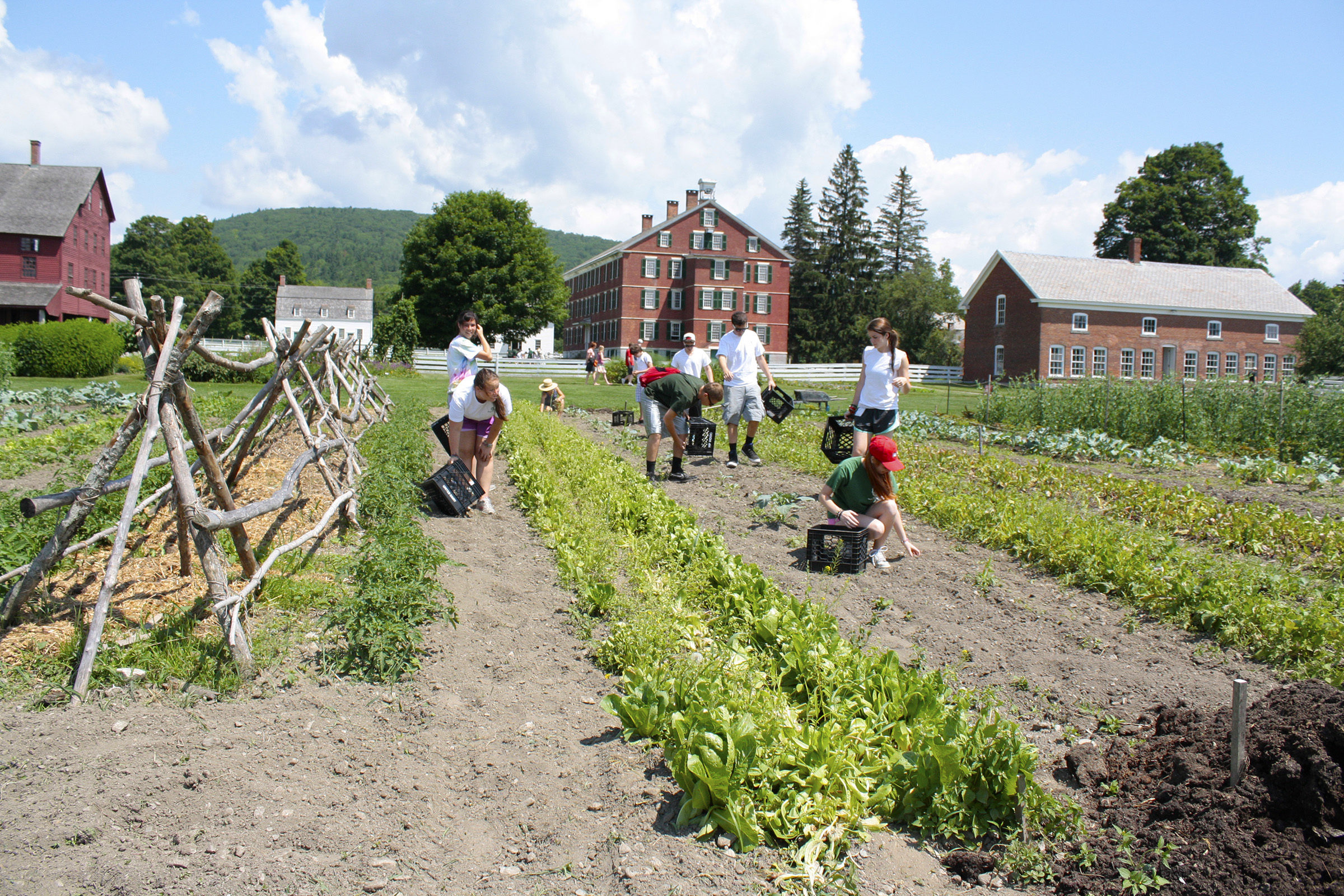
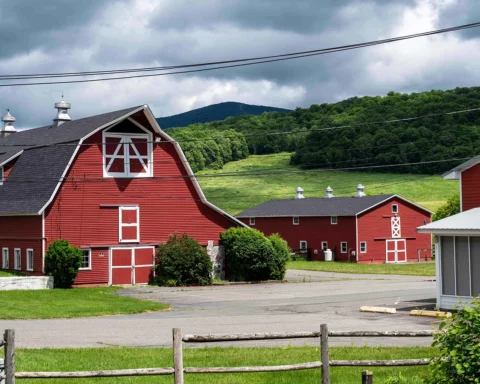
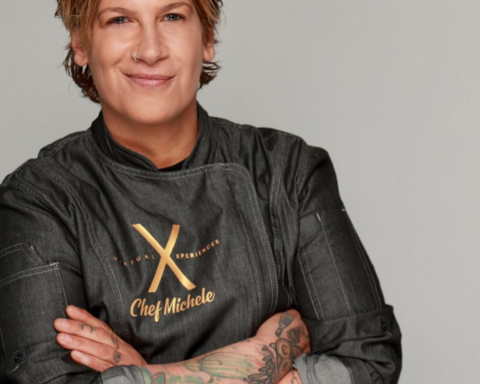
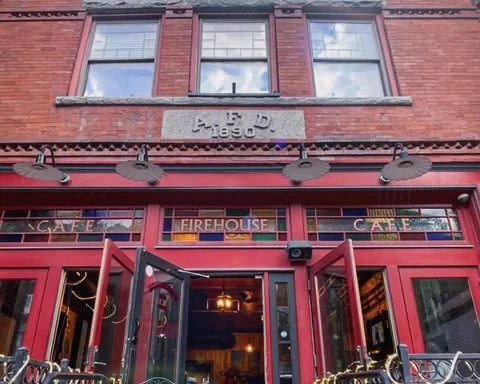
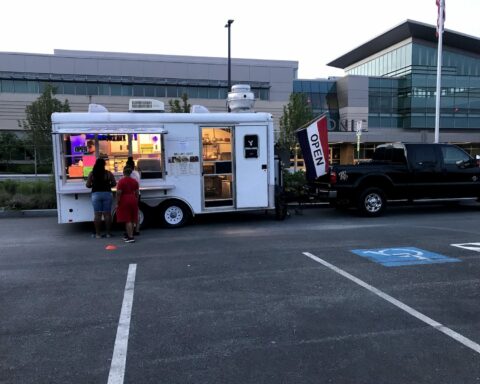
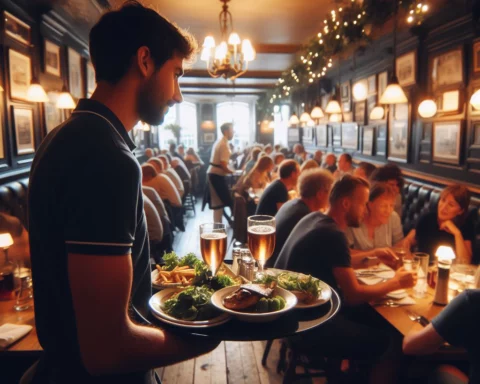









You must be logged in to post a comment.